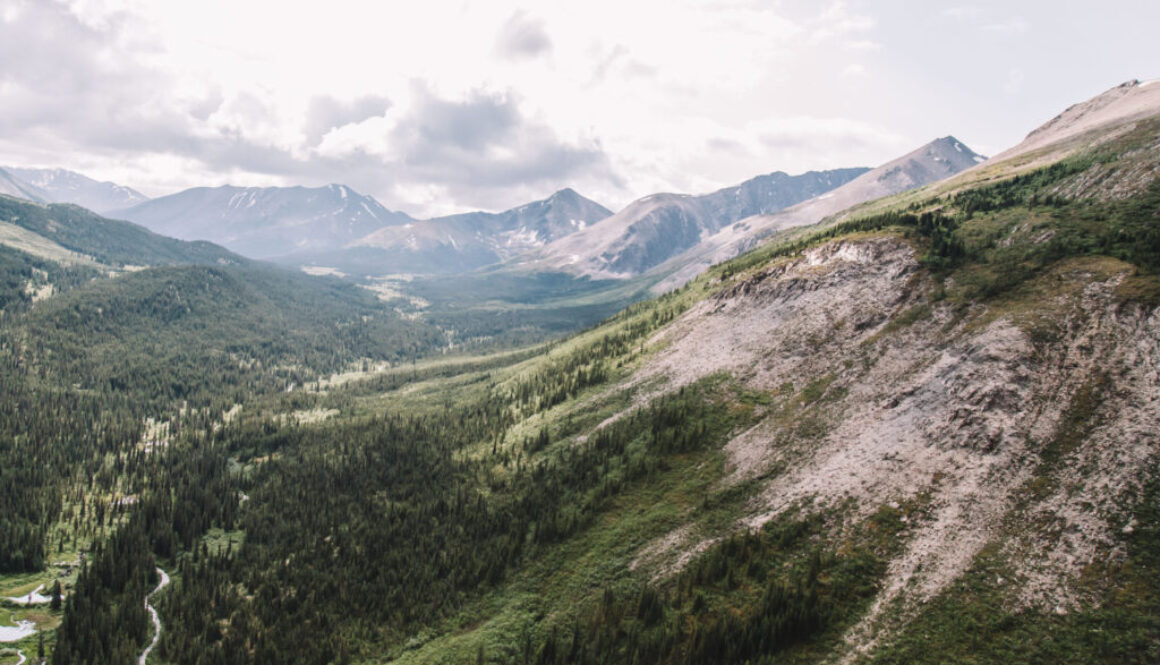New $300m Nature Conservation Fund Welcomed By CPAWS-BC
New $300m nature conservation fund welcomed by CPAWS-BC New independent BC fund is aimed at supporting Indigenous-led protection
Unceded territories of the Coast Salish Peoples/Vancouver, BC – The Canadian Parks and Wilderness Society – British Columbia (CPAWS-BC) welcomes today’s announcement of a new $300 million fund for conservation projects. The Conservation and Stewardship Alliance Fund will help the province deliver on its commitment to protect biodiversity in BC and, in partnership with First Nations, will set nature on a path to recovery by 2050.
The new fund is made up of a $150 million contribution from the provincial government and $150 million contributed from private, philanthropic sources. It will support the creation of land and marine-based protected areas and is overseen by a committee of First Nation representatives, conservation experts and ex-officio government.
“This is a massive step towards closing the gap in ongoing funding for conservation projects in BC. The fund’s requirement for projects to include First Nation leadership is critical and promotes reconciliation in a way that supports Indigenous rights and values,” says Tori Ball, Terrestrial Conservation manager for CPAWS-BC. “This is the kind of long-term funding that we have been calling for and shows the BC government is serious about biodiversity loss and the extinction crisis.”
Key facts:
- The Fund is hosted at and administered by the BC Parks Foundation, which will provide at least a 1:1 match for approved projects;
- The BC government provided $150M to create the Fund, previously called a Conservation Financing Mechanism and committed to in Dec 2022;
- Eligible activities include capacity planning, removal of tenures, restoration work, stewardship programs, and economic transition, and all projects must include a First Nations leadership role;
- The outcomes of the initiatives are long-term protection designations, working towards the 30 per cent protection by 2030 targets;
- Five new Forest Landscape Plans have been confirmed in partnership with local First Nations; Bulkley Valley, 100 Mile House, Williams Lake, East-Central Vancouver Island and West-Central Vancouver Island.
To make sure these funds will truly support Indigenous-led conservation and stewardship on the ground, CPAWS-BC wants to see the province work with First Nations to develop a pathway to recognize Indigenous Protected and Conserved Areas through legislation or policy.
“Having an expert and Indigenous-focused independent oversight committee for the fund will provide critical connections to community needs, transparency and longevity,” says Ball.
The funding announcement comes ahead of the highly anticipated Tripartite Framework Agreement for Nature Conservation which could bring the largest investment into nature conservation in the history of the province. This positive shift is echoed through the promise of a province-wide Coastal Marine Strategy and work to shift the forestry industry to integrate long-term ecosystem health. These initiatives not only prioritize healthy lands and waters but also support communities and their economic well-being through the transition.
– 30 –
For interviews, contact:
Max Winkelman (he/him),
Communications Manager
CPAWS-BC
max@cpawsbc.org
604-685-7445 x22
Background Facts:
- In December 2022, BC committed to protecting 30% of lands by 2030, doubling the amount of land currently protected, and developing a conservation financing mechanism to support the protection of biodiverse areas through a mandate letter to Nathan Cullen, Minister of Water, Land, and Resource Stewardship.
- In February 2023, BC committed to rolling out a new conservation financing mechanism within a six-month timeframe as part of its forest policy updates.
- Alongside this announcement, the government removed a clause in February that ecological protections could not “unduly reduce the supply of timber from British Columbia’s forests.”
About CPAWS-BC:
The Canadian Parks and Wilderness Society (CPAWS) is Canada’s only nationwide charity dedicated solely to the protection of our public land, ocean, and freshwater, and ensuring our parks and protected areas are managed to protect nature. Since 1963, CPAWS has played a leading role in protecting over half a million square kilometres. Our vision is to protect at least half of Canada’s public land and water in a framework of reconciliation – for the benefit of wildlife and people.
The CPAWS British Columbia chapter (CPAWS-BC) works to protect wilderness in every corner of BC and deep into the ocean. We have been defending BC since 1978, and are dedicated to keeping BC’s natural environment thriving forever. Nature is BC’s best hope.


























